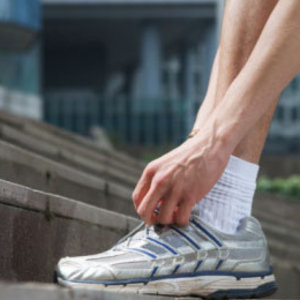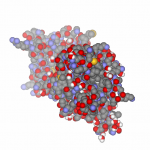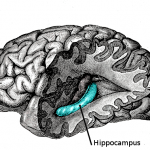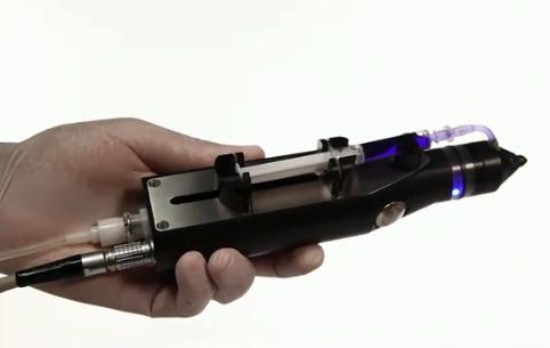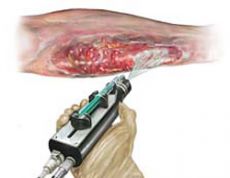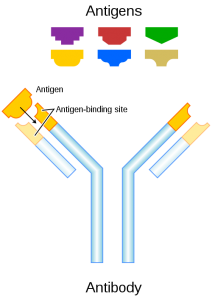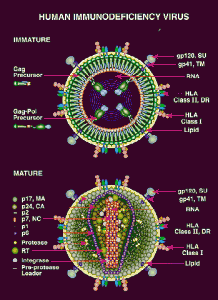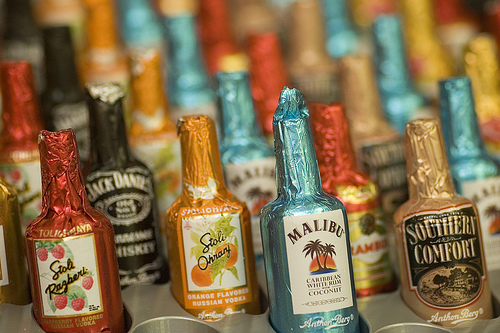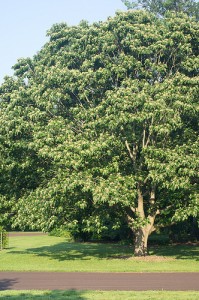Want to improve your memory and study more efficiently? Then drop your pen and lace up your sneakers! Recent studies show that exercising not only builds muscles, but it also boosts memory.
Researchers from University of Dublin investigated the correlation between exercise and memory where they asked group of sedentary students to take part in a simple memory test. After the initial baseline test, half of the students went through vigorous exercise and the other half just sat quietly. Then both groups took the test again. (specific procedures can be found in Physiology & Behavior Journal). Remarkably, the exercised students performed significantly better on the memory test scores (compared to their baseline test), while the students who had rested showed no improvement.
Interestingly, the researchers have collected the students’ blood samples throughout the experiment to give a biological explanation to their results. They have found that the students had significantly higher levels of a protein called brain-derived neurotrophic factor, or BDNF, immediately after the strenuous activity, whereas the student who had sat quietly showed no change in BDNF levels. Thus these finding suggest that increases in BDNF prompted by exercise may play a particular role in improving our ability to memorize and recall on something.
In supporting this idea, other studies also reached similar conclusion even with animals. In one particular experiment from Universidade Federal de Santa Catarina (Federal University of Santa Catarina), Brazil, the researchers made sedentary elderly rats ran for 4-6 minutes, 4-5 days per week for five weeks (specific procedures can be found in Mechanisms of Ageing and Development Journal). This physical activity seemed to ignite some biochemical process in the memory center (hippocampus) of their brains, resulting in increased production of BDNF molecules there. As a result, these exercised elderly rats performed as well as much younger rats on rodent memory tests.
Although more needs to be studied on this topic and BDNF, these studies do indicate that exercising does help in improving memorization. So it would be a good idea to go for a walk or get any sort of physical activity in between study breaks, not only to get some fresh air, but to get some BDNF in our brains to study more efficiently. This may sound a bit bizarre but, we should go exercise to become smarter! It’s just too bad that I cannot make “studying” as an excuse for not getting any exercise anymore.
References:
Aerobic exercise improves hippocampal function and increases BDNF in the serum of yong adult male:
http://www.sciencedirect.com/science/article/pii/S0031938411003088
Brain-derived neurotrophic factor (BDNF) :
http://en.wikipedia.org/wiki/Brain-derived_neurotrophic_factor
Short bouts of mild-intensity physical exercise improve spatial learning and memory in aging rats: Involvement of hippocampal plasticity via AKT, CREB and BDNF signaling:
http://www.sciencedirect.com/science/article/pii/S0047637411001564
Hippocampus:
http://en.wikipedia.org/wiki/Hippocampus

